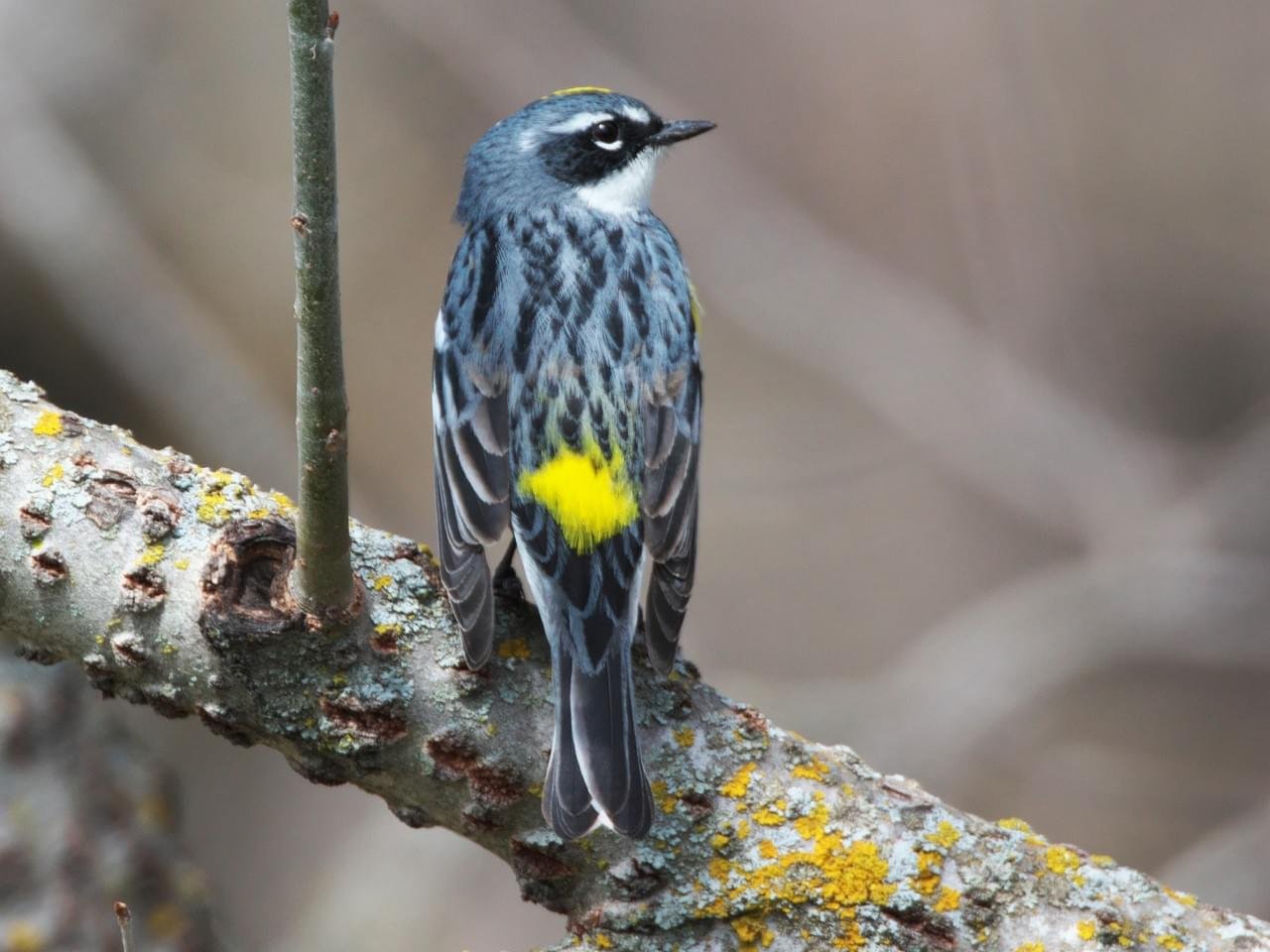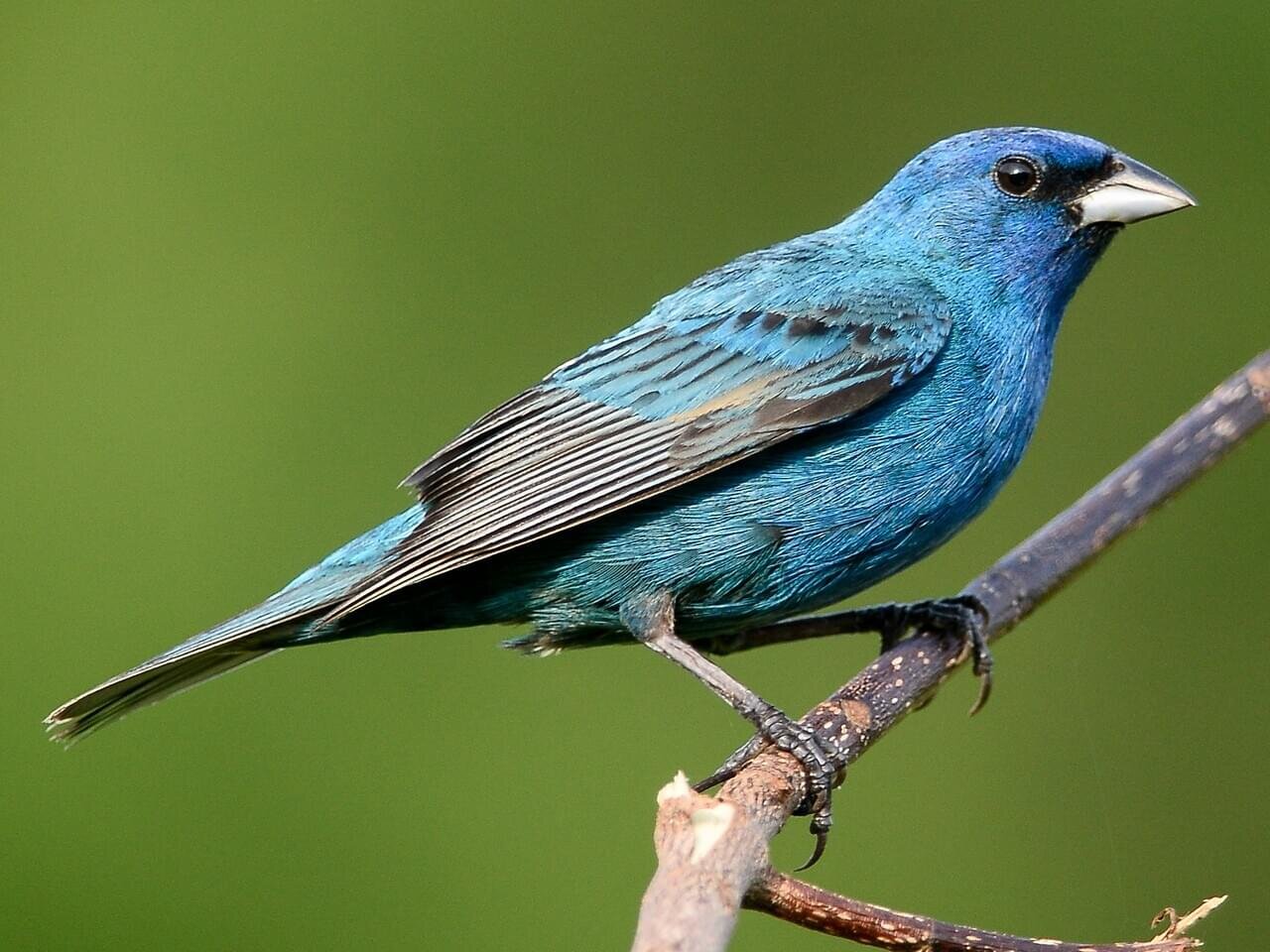Rose-breasted Grosbeaks Visiting Feeders
What a pleasant surprise to see 6 to 8 Rose-breasted Grosbeaks on my feeders this morning. They were really getting after the Woodland Blend in my platform feeder. And we have heard from a number of you that have Grosbeaks, too. Not one of them was an adult, however, but juveniles just born this past spring-summer. How do you tell? The adult male, of course, is very distinctive with black and white wings and back, a black hood, and white underneath with a blazing red v on the chest. The adult female plumage is less distinctive being primarily brown and white giving the appearance of a large female Purple finch. The most recognizable feature of the adult female is the prominent white eye brow. The juveniles are a mix of these plumages, especially the males. Juvenile males can look quite different from one another even as they may possess more or less of various adult male and female field marks.
Adult Male RBG
Adult Female RBG
Juvenile RBG
It’s not every fall that Rose-breasted Grosbeaks take advantage of bird feeders. We know that they converge on feeders for roughly a month from mid-April to mid-May as they migrate to their breeding grounds from Central and South America, but in the fall they seem to be satisfied with seeds that have been produced by nature. It’s been a few years since I have seen them at my feeders in the fall. I can only surmise that the dry conditions this year did not produce an abundance of what they typically forage on, making the feeders more appealing. It’s nice to see them but I think I would rather have the rain.
Don’t forget we have begun distributing Rewards Cards in store. There’s no signing up or providing personal information. Just bring your card to be stamped with purchase and save. Easy.










